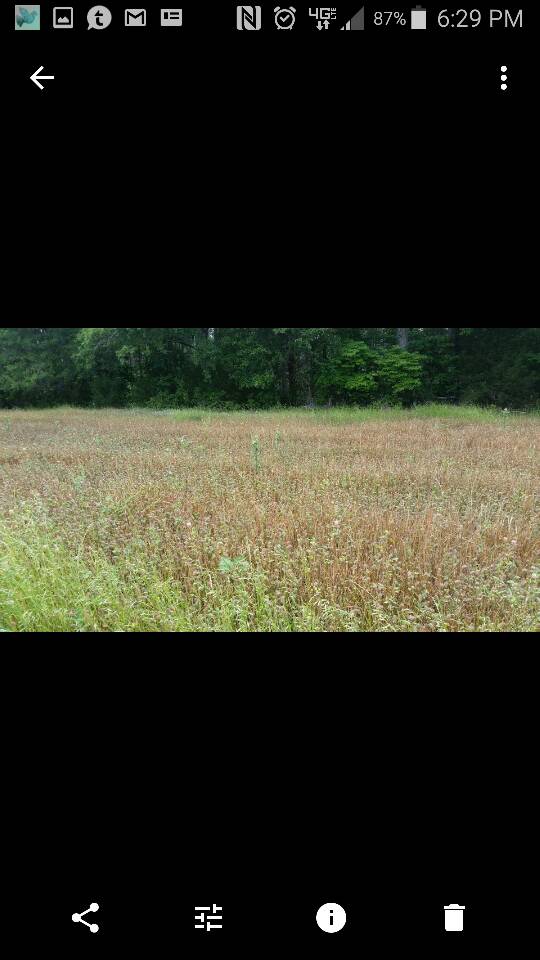Here's what I have learned with a managed population well below carrying capacity in La.:
The deer have figured out food plots and planting schemes. I can't get away with growing summer crops [ any kind of bean or pea ] on less than 4 acres. Even with very moderate population they hit the plots as soon as the summer crops start coming up and wipe the field out. It took 2-3 years for them to learn but now it doesn't take many deer to eliminate the cultivars before they ever get going.
So, on fields of less than 5 acres I go with clover/small grain plantings as Triple C mentioned above. They are great and can be managed for years offering year round production with just moderate moisture during summer. I also have vetch/alyce fields less than 4 acres but it is always uncertain if grazing pressure will allow them to reseed or not. They do however handle pressure very well even if they occasionally have to be replanted. That said I am a big fan of joint vetch.
For cow peas, soy beans or any variant I only plant bigger fields [ most are 10 acres+ ] which I I double crop with rye/radishes in the winter and maybe crimson generally. I have gotten away with 3-4 acre fields planted with a heavy dose of sunn hemp and cow peas. The sunn hemp can take very heavy pressure and protects the cow peas though it may take a couple years for the deer to figure sunn hemp out .
IMO it will only be a matter of time before any bean/pea field less than 4-5 acres will be a disappointment
The deer have figured out food plots and planting schemes. I can't get away with growing summer crops [ any kind of bean or pea ] on less than 4 acres. Even with very moderate population they hit the plots as soon as the summer crops start coming up and wipe the field out. It took 2-3 years for them to learn but now it doesn't take many deer to eliminate the cultivars before they ever get going.
So, on fields of less than 5 acres I go with clover/small grain plantings as Triple C mentioned above. They are great and can be managed for years offering year round production with just moderate moisture during summer. I also have vetch/alyce fields less than 4 acres but it is always uncertain if grazing pressure will allow them to reseed or not. They do however handle pressure very well even if they occasionally have to be replanted. That said I am a big fan of joint vetch.
For cow peas, soy beans or any variant I only plant bigger fields [ most are 10 acres+ ] which I I double crop with rye/radishes in the winter and maybe crimson generally. I have gotten away with 3-4 acre fields planted with a heavy dose of sunn hemp and cow peas. The sunn hemp can take very heavy pressure and protects the cow peas though it may take a couple years for the deer to figure sunn hemp out .
IMO it will only be a matter of time before any bean/pea field less than 4-5 acres will be a disappointment



